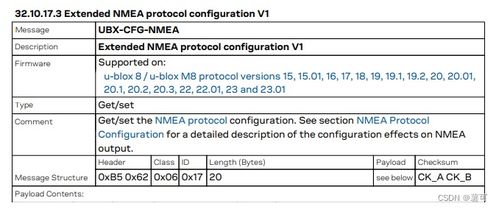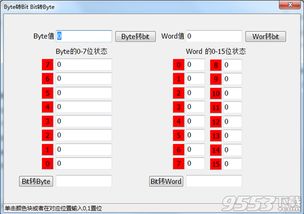
Bit vs Byte: A Comprehensive Guide
Understanding the difference between bits and bytes is crucial in the world of computing. Whether you’re a tech enthusiast or just someone looking to grasp the basics, this guide will delve into the intricacies of these two fundamental units of digital information.
What is a Bit?

A bit, short for binary digit, is the smallest unit of information in computing. It can represent either a 0 or a 1, which are the two digits in the binary numeral system. This system is the foundation of all digital data, as it is the only way computers can process information.
What is a Byte?

A byte is a unit of digital information that consists of 8 bits. It is the basic unit of storage in most computer systems and is used to represent a single character, such as a letter or a number. Bytes are also used to measure the size of files and other data.
Bit vs Byte: The Difference

Now that we have a basic understanding of what bits and bytes are, let’s compare them in more detail.
| Aspect | Bit | Byte |
|---|---|---|
| Definition | The smallest unit of information in computing | A unit of digital information that consists of 8 bits |
| Representation | 0 or 1 | 8 bits (e.g., 00000000 to 11111111) |
| Usage | Used to represent binary data | Used to represent characters, files, and other data |
| Size | 1 bit | 8 bits |
As you can see from the table, bits and bytes are closely related, but they serve different purposes. Bits are the building blocks of digital information, while bytes are the units used to measure the size of data.
Bit Depth
Bit depth is a term used to describe the number of bits used to represent a single pixel in an image or video. A higher bit depth allows for more colors and a greater range of shades. For example, a 24-bit image can represent 16.7 million colors, while a 32-bit image can represent over 4 billion colors.
Bit Rate
Bit rate is a measure of the amount of data that is transmitted over a network in a given amount of time. It is typically measured in bits per second (bps) and is an important factor in determining the speed of a network connection.
Conclusion
Understanding the difference between bits and bytes is essential for anyone interested in computing. By grasping the basics of these two units of digital information, you’ll be better equipped to navigate the world of technology and make informed decisions about your digital life.




